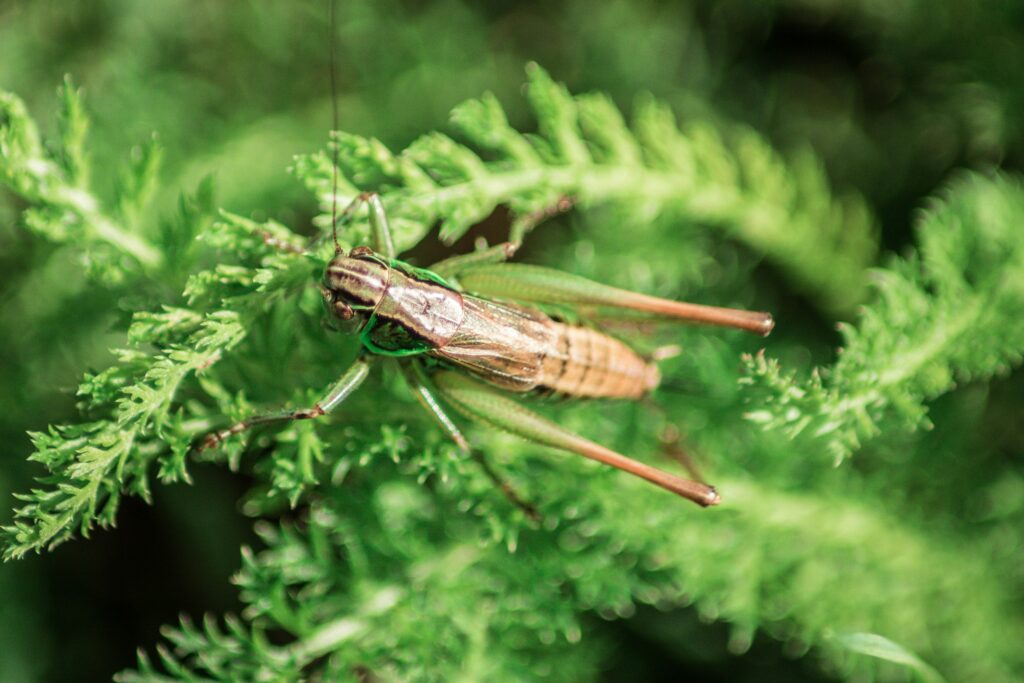In the miniature world of insects, communication is key to survival. Buzzes, chirps, vibrations, and chemical signals form an intricate network of messages passing between individuals and species. But there’s a fascinating subplot in this natural symphony – some insects have evolved to “eavesdrop” on the communications of others, gaining valuable information that helps them find prey, avoid predators, or locate mates. This evolutionary game of espionage and counter-espionage plays out constantly in gardens, forests, and fields worldwide. The ability to intercept and decode another species’ signals represents one of nature’s most sophisticated adaptations, turning ordinary bugs into nature’s little spies.
The Science of Insect Communication
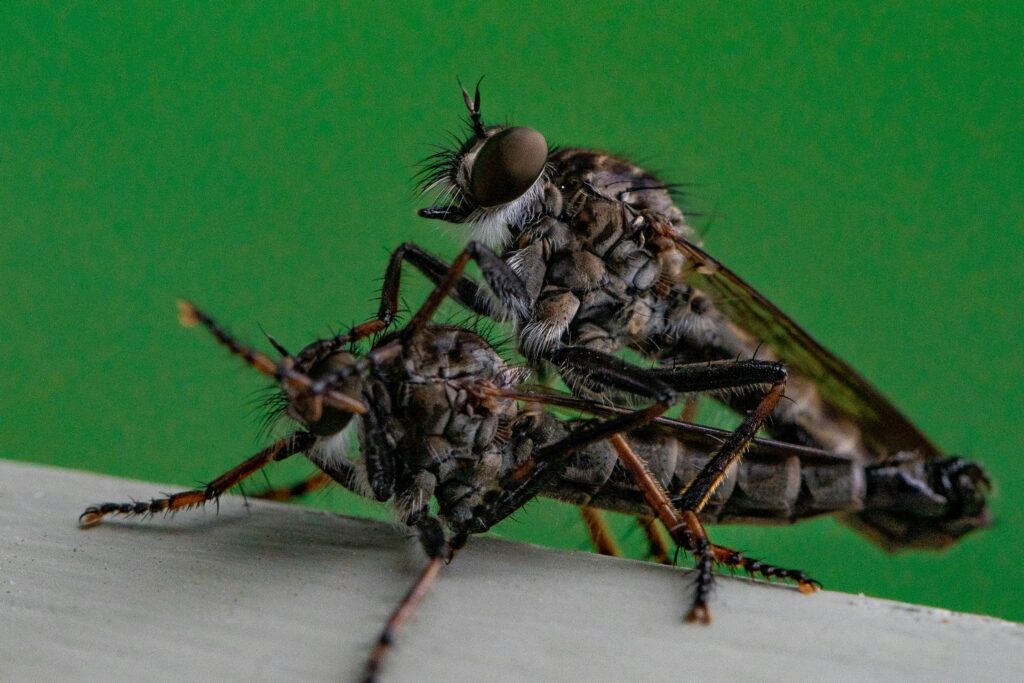
Insects communicate through an impressive array of modalities that include acoustic signals, substrate vibrations, visual displays, and chemical pheromones. These communication systems have evolved over millions of years to convey specific information to intended receivers, typically members of the same species. What makes insect communication particularly fascinating is its incredible specificity – many signals are designed to reach only certain individuals while remaining undetectable to others. However, as with any communication system, these channels remain vulnerable to interception by unintended receivers who have evolved the sensory equipment to detect them. This evolutionary arms race has led to increasingly sophisticated signals and equally sophisticated eavesdropping mechanisms, creating complex webs of information exchange in insect communities.
Parasitoid Flies: Masters of Acoustic Espionage
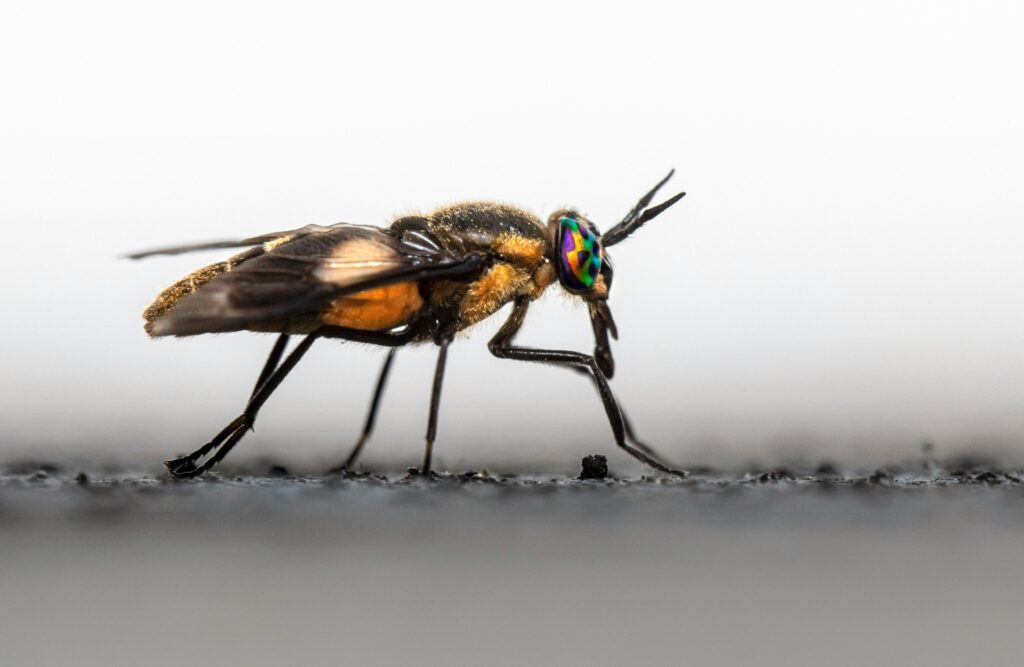
Among the most remarkable eavesdroppers in the insect world are parasitoid flies of the family Tachinidae, particularly those that target singing insects like crickets and katydids. These flies have evolved specialized hearing organs that can detect the mating calls of their hosts with extraordinary precision. Take the fly Ormia ochracea, which has become the textbook example of acoustic eavesdropping – it homes in on the distinctive chirping of male crickets, which are attempting to attract females. Once a male cricket is located through its own advertisement calls, the female fly deposits larvae on or near the unsuspecting cricket. These larvae then burrow into the cricket’s body, consuming it from the inside out while the cricket continues its normal activities, completely unaware it has been infiltrated. This gruesome strategy represents one of nature’s most effective forms of surveillance and biological control.
Caterpillar Eavesdropping: Listening for Danger
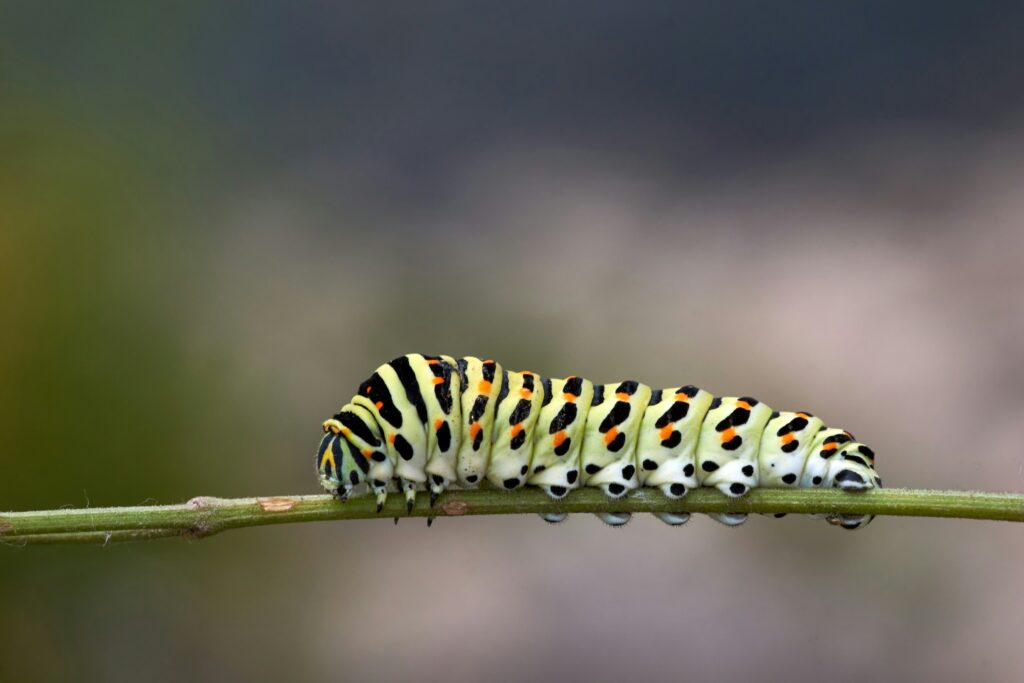
In a fascinating discovery made by researchers at the University of Missouri, certain caterpillars have been found to eavesdrop on the communication signals of wasps and bees to avoid becoming prey. These caterpillars possess specialized sensory hairs that can detect the wing vibrations and buzzing sounds made by approaching predatory insects. When these sounds are detected, the caterpillars freeze in place or drop from plants to avoid detection, demonstrating a sophisticated form of defensive eavesdropping. What makes this even more remarkable is that the caterpillars can distinguish between the sounds of dangerous predators and harmless insects, showing a level of acoustic discrimination previously unexpected in such seemingly simple creatures. This ability gives them a crucial survival advantage in environments where predatory wasps constantly patrol for caterpillar meals.
Treehoppers and Their Vibrational Networks
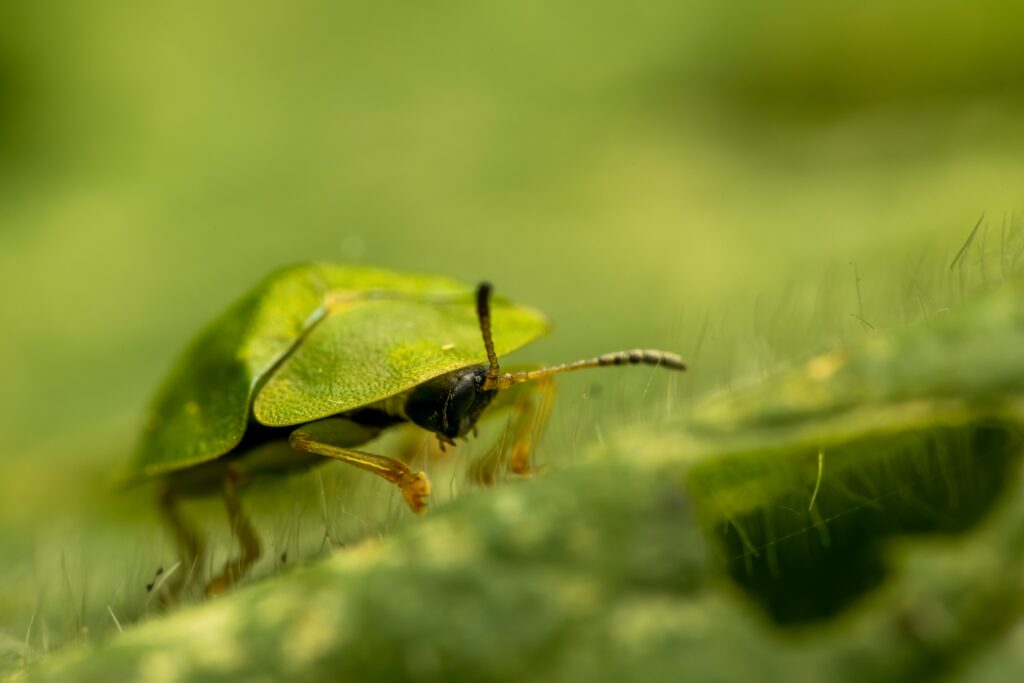
Treehoppers, those peculiar insects with helmet-like protrusions, communicate primarily through substrate vibrations sent through plant stems and leaves. These vibrational messages carry information about potential mates, danger, and food sources among members of their own species. However, researchers have documented numerous cases of “vibrational eavesdropping” where predatory insects like assassin bugs detect these communications and use them to locate their treehopper prey. The assassin bugs have evolved specialized organs in their legs that can pick up the subtle vibrations traveling through plant material. Once they detect the treehoppers’ signals, they can follow these vibrations directly to their source, often finding groups of communicating treehoppers completely unaware of the approaching danger. This sophisticated form of hunting through eavesdropping demonstrates how communication systems can become vulnerability points in ecological interactions.
Honeybee Dance Language Interception

The famous waggle dance of honeybees, through which foragers communicate the location of valuable food sources to their nestmates, represents one of the most sophisticated communication systems in the insect world. However, this elaborate information system doesn’t remain private within the colony. Several species of wasps and hornets have evolved the ability to intercept and interpret these dances by invading hives and observing the dancing bees. These predatory insects essentially “spy” on the honeybees’ communications, gaining information about nearby nectar sources without having to search for them independently. After gathering this intelligence, the wasps can efficiently locate and exploit the same food sources the honeybees have discovered. Some hornet species even use this information to set up ambush points where they can capture foraging honeybees returning from these food sources, turning the bees’ communication system against them in a particularly devious form of information warfare.
Chemical Eavesdropping: Intercepting Pheromone Signals

Chemical communication through pheromones represents the most widespread form of insect messaging, but these chemical signals are particularly vulnerable to interception. Numerous predatory insects have evolved to detect and respond to the sex pheromones released by their prey species. For example, certain species of assassin bugs can detect the sex pheromones released by male stink bugs attempting to attract mates. The assassin bugs follow these chemical trails directly to the source, often finding not just one but multiple stink bugs gathered for mating – essentially walking into a predator’s trap. This form of chemical eavesdropping is particularly effective because pheromones are often detectable over long distances and provide highly reliable information about the location of potential prey. Some predatory species have become so specialized that they respond more strongly to their prey’s pheromones than the intended recipients do.
Firefly Femmes Fatales: Light Signal Deception

The enchanting light displays of fireflies serve primarily as communication between potential mates, with males and females of the same species exchanging coded flash patterns. However, females of several firefly species have evolved the ability to eavesdrop on and mimic the flash patterns of other firefly species. These deceptive females, often called “femmes fatales,” imitate the response flashes of females from different species, luring unsuspecting males toward them. When the male of another species approaches, expecting to find a receptive mate, he instead becomes prey for the mimicking female. This sophisticated form of predatory eavesdropping combines both signal interception and signal mimicry, representing one of the most complex forms of communication exploitation in the insect world. Some Photuris firefly females can mimic the flash patterns of multiple different species, giving them a diverse “menu” of potential prey options.
Spider Silk Vibrations: Web-Based Eavesdropping
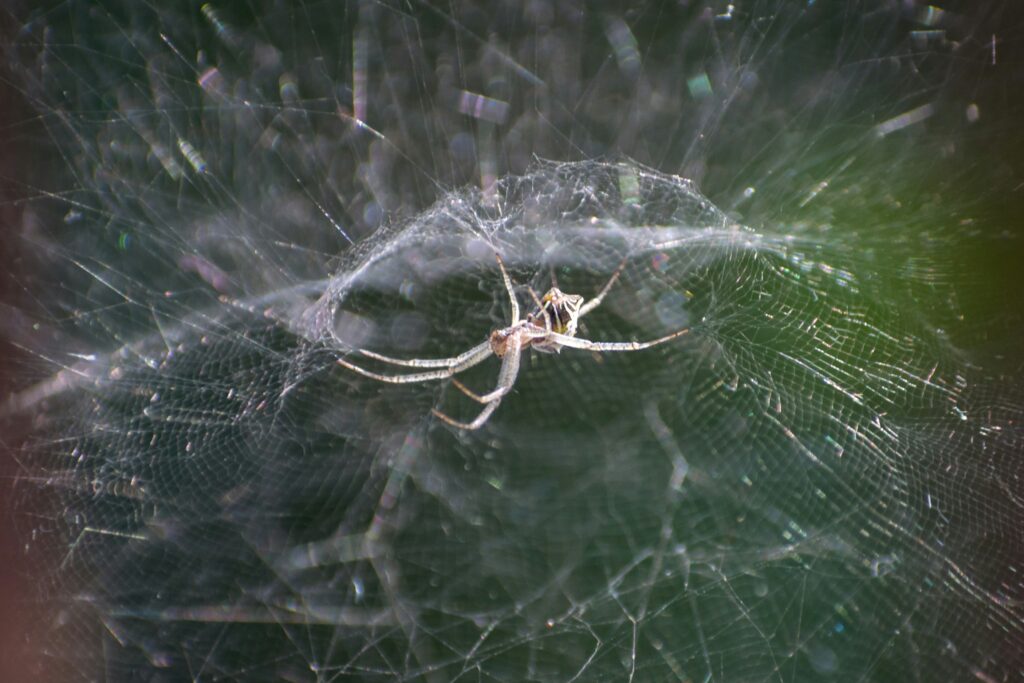
While not insects in the technical sense, spiders engage in some of the most sophisticated forms of vibrational eavesdropping through their webs. Spider silk transmits vibrations with remarkable efficiency, essentially functioning as an extended sensory system for the spider. Many web-building spiders can distinguish between the vibrations caused by potential prey, dangerous predators, or prospective mates. Some species of jumping spiders have taken this further by developing the ability to detect and interpret the web vibrations of other spider species. These jumping spiders can identify when a web-building spider is responding to trapped prey by analyzing the pattern of vibrations traveling through the silk. Once they detect these distinctive “prey capture” vibrations, the jumping spiders can approach the web and steal the captured insect while the web owner is still in the process of subduing it – a form of kleptoparasitism facilitated by sophisticated vibrational eavesdropping.
Ant Chemical Trails: Following Someone Else’s Map

Ants use complex chemical trails to mark paths to food sources and communicate with nestmates about resource locations. These chemical trails represent a sophisticated form of communication that helps maintain the collective intelligence of the colony. However, numerous other insect species have evolved to detect and follow these ant trails, essentially eavesdropping on the ants’ navigational system. Certain beetles, flies, and even other ant species can detect these chemical markings and use them to locate food sources that the original ants have already discovered. Some parasitic butterfly caterpillars can follow ant trails directly into the heart of ant colonies, where they disguise themselves chemically and exploit the resources inside the nest. This form of chemical trail interception allows these eavesdropping species to benefit from the extensive foraging efforts of ant colonies without having to invest energy in finding food sources independently.
Termite Alarm Signal Interception
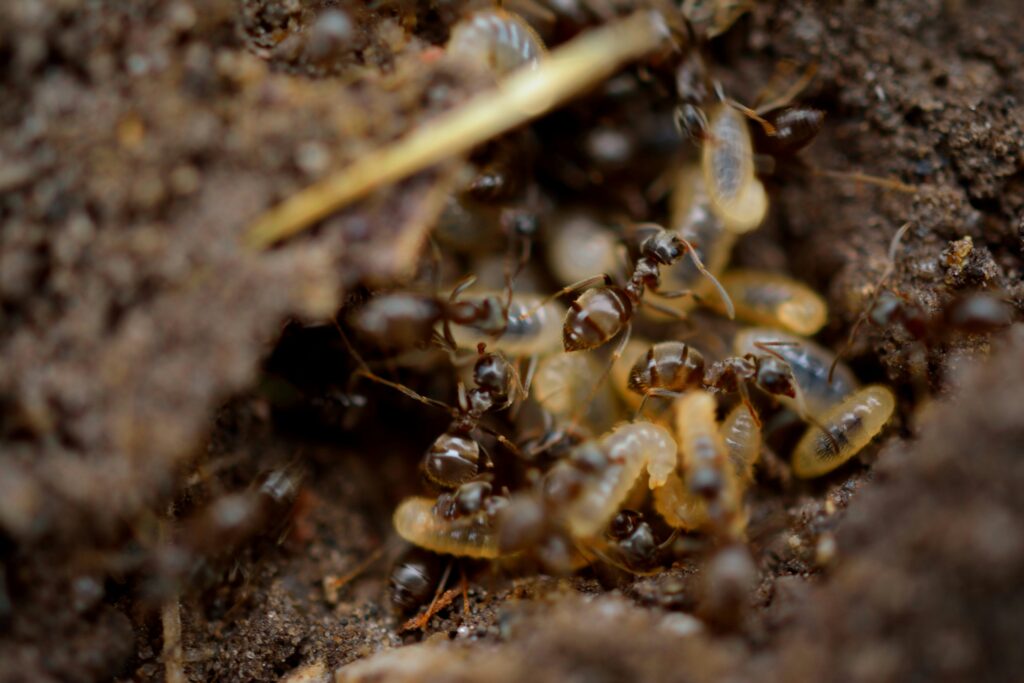
Termites communicate danger through specific alarm pheromones that alert the colony to threats and mobilize defensive responses. When termite workers detect predators or nest damage, they release these chemical signals that trigger rapid responses from soldier termites. However, certain predatory ants have evolved to detect these alarm signals and use them to locate termite colonies under stress. Rather than avoiding areas where termites have detected danger, these specialized predators are actually attracted to the alarm pheromones, allowing them to target termite colonies at their most vulnerable moments. Some ant species have become so attuned to termite alarm signals that they can distinguish between different types of alerts, focusing their attacks on situations where the termite colony is particularly disorganized. This exploitation of the termites’ own communication system represents a particularly effective form of predatory eavesdropping in the insect world.
Mosquito Swarm Detection
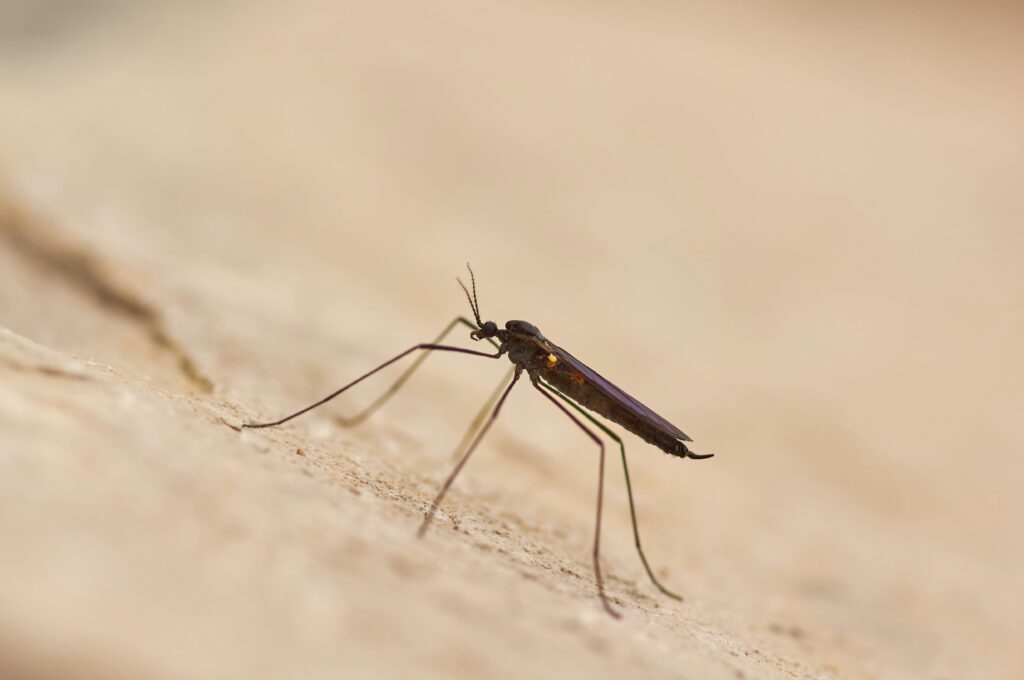
Male mosquitoes form mating swarms that female mosquitoes locate through the distinctive sound produced by the males’ wing beats. This acoustic signaling helps ensure that females can find potential mates of the correct species. However, certain predatory insects, particularly some dragonfly species, have evolved the ability to detect these mosquito swarm sounds and use them to locate concentrated groups of prey. These dragonflies essentially eavesdrop on the mosquitoes’ mating communications, allowing them to efficiently target areas with high mosquito density. Research has shown that some dragonfly species are more attracted to the sounds of mosquito swarms than to the visual stimulus of seeing the mosquitoes themselves, indicating how central this acoustic eavesdropping is to their hunting strategy. This predatory adaptation not only benefits the dragonflies but also makes them particularly effective natural controllers of mosquito populations.
The Evolutionary Arms Race of Signal and Interception
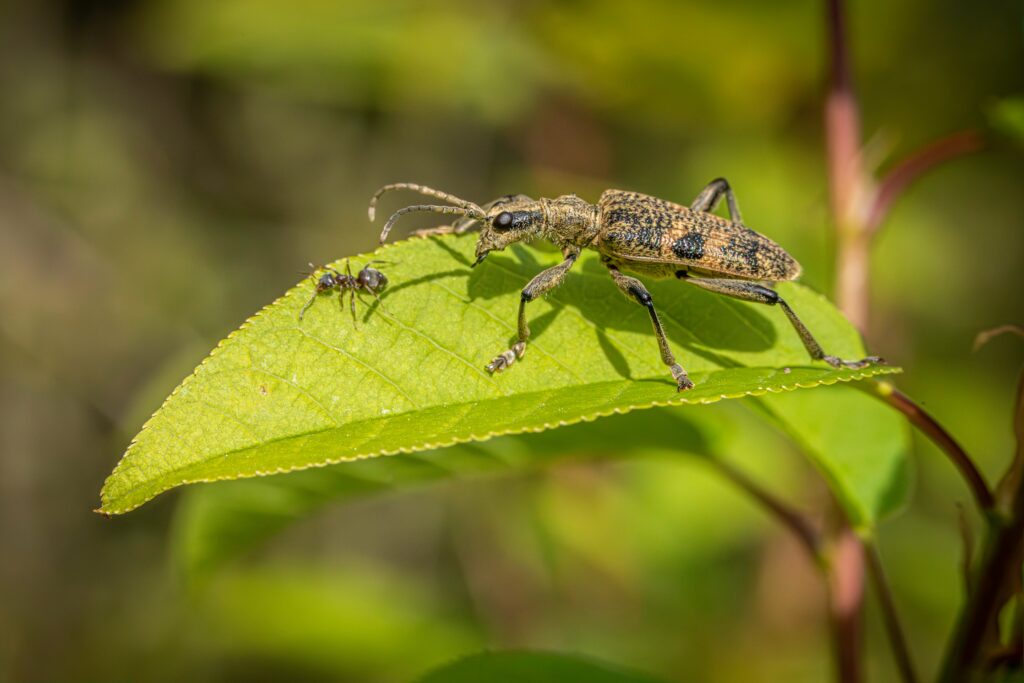
The phenomenon of insect eavesdropping has driven an intense evolutionary arms race between signalers and eavesdroppers spanning millions of years. As communication systems evolve to be more secure or private, counter-adaptations emerge to break these codes and intercept the information. This constant pressure has led to remarkable specializations on both sides: signalers develop more complex, targeted, or encrypted messages, while eavesdroppers evolve increasingly sensitive detection systems. Some insect species have developed communication signals at frequencies that certain predators cannot detect, while others use brief, intermittent signals that are harder to locate. The result is an extraordinary diversity of communication strategies and sensory adaptations across the insect world. Scientists studying these systems have discovered principles that parallel human communication security concerns, including concepts analogous to encryption, authentication, and secure channels.
Applications in Human Technology

The sophisticated eavesdropping mechanisms evolved by insects have inspired numerous innovations in human technology. Engineers studying the extraordinary directional hearing of Ormia flies have developed miniature directional microphones that mimic the fly’s ear structure, creating devices with unprecedented sensitivity for their size. These bio-inspired microphones are now used in hearing aids and surveillance equipment. Similarly, the vibration-detection systems of spiders and assassin bugs have influenced the development of seismic sensors that can detect minute ground movements. Perhaps most significantly, understanding how insects encrypt and secure their communications against eavesdroppers has provided insights for human cryptography and secure communication systems. As we continue to study these natural surveillance specialists, we discover increasingly sophisticated principles that can be applied to human technological challenges, demonstrating once again how nature’s solutions often precede and inform our own.
Conclusion
The hidden world of insect eavesdropping reveals nature’s ingenuity at its finest. From parasitoid flies hunting by sound to assassin bugs detecting vibrations, these evolutionary adaptations demonstrate how communication systems invariably create opportunities for exploitation. This constant pressure between signalers and interceptors drives remarkable specialization and diversity in insect communication strategies. The complexity of these natural surveillance systems not only fascinates biologists but also inspires technological innovations in fields ranging from acoustics to cybersecurity. As we continue to unravel the sophisticated ways insects spy on each other’s conversations, we gain deeper appreciation for the intricate information networks operating just beyond human perception – tiny dramas of deception and counter-deception playing out in gardens, forests, and fields worldwide.

